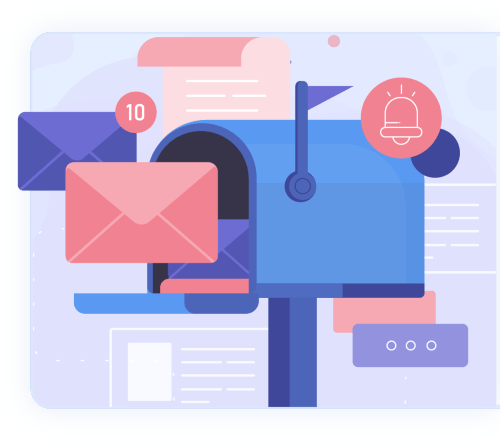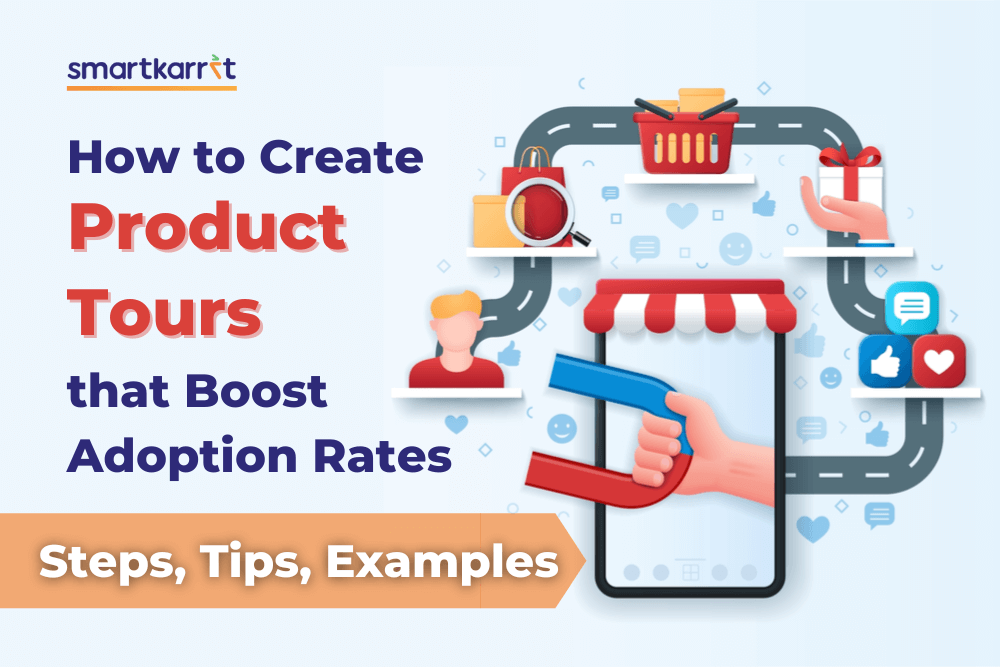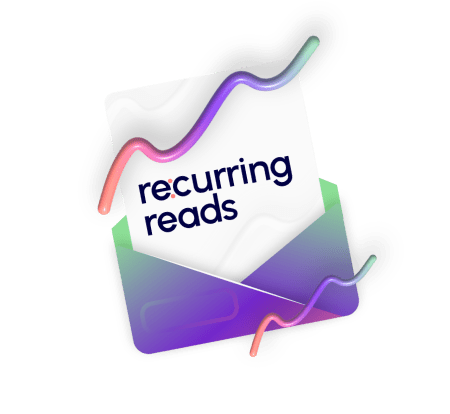Product Adoption: Frequently Asked Questions
Here are some frequently asked questions on product adoption, some best practices, top strategies around it. Product adoption is the ultimate test of a SaaS product.

What is product adoption and why is it important? This product adoption FAQ will answer some of the core questions around the concept. This FAQ will ensure product adoption is easy to understand and implement in any organization. Let us start with the frequently asked questions around Product adoption.
Frequently Asked Questions:
What is Product Adoption?
Product adoption is the implementation of new products and user adoption around it. Businesses and product creators need to know how the product works and is adopted by customers. Product adoption is a focus on areas like-
- Customer onboarding
- Training
- Engagement
- Product experience
Why Product Adoption is Critical for SaaS Success?
Product adoption is critical for SaaS success and affects the profitability and performance of the product to a large extent. Product adoption is when customers are comfortable with the product and know how to derive value from it. The core areas that product adoption affects are-
- User engagement
- User retention
- User performance
- User productivity
- User experience
- Brand perception
- Software utilization
This is why product adoption improves SaaS success. A good product adoption strategy will enhance your SaaS success. Product adoption also elevates SaaS success in four ways-
- Activate
- Adopt
- Adore
- Advocate
Product adoption is crucial and reduces churn by increasing customer lifetime value.
What are the stages of product adoption?
The stages of product adoption are as follows-
Awareness
This stage is simply understanding a person’s understanding and knowledge of the product. Through advertising, social media, or digital media, you can raise an awareness around the product.
Interest
Once a user is aware, you need to develop interest in your product. This is via blog posts, social media, product explainers, informative videos, and more. The potential user begins their own research to see value in the product.
Evaluation
Once a potential user has enough information, they will evaluate your product as compared to others. This is where you need marketing material, one-pager outlines, customer testimonials, and other information to evaluate the product and its value.
Trial
Once a potential user has evaluated their options and feels the product works, they will want to test it out. Allow users to do a trial run before they purchase. This will help users see the true value in the product. They can see what works for them and understand potential solutions. Free short term trials, money-back guarantee policies, reduced costs, and more can help a user understand how your product can help them fully. This will also help during onboarding phase even for trial users.
Adoption
In this stage, one assumes the customer has tried the product and is happy with the results. They will finally purchase your product. This process is conditioning customers to the product so that they are engaged post adoption. This mitigates the risk of churn to an extent. Non-product teams need to work on increasing the number of users at the top of the funnel. Product teams need to guide engagement and ensure customers are happy with the product. This builds the engagement funnel and makes customers product evangelists.
What is the Product Adoption Curve?
Have you seen some people adopt to something faster than others? Everett Rogers, a professor of psychology in 1962 developed a concept called ‘diffusion of innovations.’ This can be used to explain the product adoption curve. Rogers’ theory talks about how one needs to market the same product to different groups differently. You can check out the quick guide to SaaS product adoption curve.
What are the top product adoption challenges?
The top challenges to product adoption are-
- Simplifying customer experience
- Ensuring customers are engaged and interested in the product
- Training customers effectively and efficiently
- Tracking and analyzing product adoption
- Helping customers who are not technologically abled.
- Costs of the solution are high
- More decision makers involved in a sale
- Products are poorly targeted
- New pain points arise due to product use
- Product does not serve the needs of customer as expected
How to increase product adoption?
Every company wants to see an increase in their product adoption metrics. It is in fact every product person’s dream to do just that. However, there is nor one tip that will lead to skyrocketing product adoption rates. There are a bunch of strategies that one needs to try to improve product adoption. Here are five best practices you can do to improve product adoption.
Improve your Product
This one is simple. If your product is good, offers more value, solves customer needs, and meets their price point, product adoption increases.
How to know where to improve? Well, that’s simple. Just ask your customers.
Customer feedback, responses, and engagement is critical to understand customers better. Something new or better can help customers try and adopt the product faster. They will feel more comfortable with it and adopt it better.
Invest in User Onboarding
The biggest problem with product adoption rates being low is ineffective user onboarding. If you can simplify your product and teach it effectively, users cannot use it well. You need to look at user onboarding closely to fix any pain points. You need to create a seamless onboarding experience for customers. This can be through quick guides, tutorials, and more.
Be more Supportive
Every product has many pain points. Sometimes users may go because of that. So you need to be there for customers, assure they can reach out to you in case of anything. This will improve their impression on you. You need knowledgeable, friendly, people-facing representatives.
Engage with customers inside the product
Customer might need a little push while using the product. This can be onboarding checklists, tutorials, in-app messages, and others. I wont go into detail as you can read more about in-app engagement here.
Engage with customers off the product
Users might leave your app and not return. This means your in-app messaging is not even seen by them. This is where you need to push them from outside.
This is through emails, blogs, social media, phone messages, and maybe even Whatsapp.
How to measure product adoption? What are the most common product adoption metrics?
Some of the top product adoption metrics include-
Time to Value
Time to value is the time taken to meet the aha moment. This is through product education, better onboarding, customer relationships, and improved adoption.
Product-Qualified Leads
Leads who know the product and its experience are called product-qualified leads. This means customers who come from freemium or free trials. Product qualified leads are those who understand product value, have met their aha moment, and know the product inside out.
Expansion Revenue
Expansion revenue is extra revenue generated from add-ons, cross-sells, upsells, and more. This is a great way of understanding product adoption.
Net Churn
Net churn of revenue is money lost after taking new revenue and expansion revenue into account. It is often calculated as a percentage.
Average Revenue Per User
ARPU is the average revenue each user drives over a time period. You understand how your product is offering value to customers. This is a way to know how the product is leading growth. It is calculated by dividing revenue across the average number of users.
Is product adoption a leading or lagging indicator of customer success?
Product adoption is a leading indicator of customer success. Leading indicators, simply put, are ones who allow you to measure change. These indicators show whether you are ready to achieve your goals or not. You can understand gaps in strategies, track business progress, and enhance business.
Early warning of any outcome can help you take proactive measures to improve parameters. This will help improve operations and drive growth.
How can CSMs improve product adoption?
Customer success managers can help improve product adoption by using some strategies to drive customer renewal, engagement, product adoption, and drive repeatable, scalable, practical goals.
Establish Milestones and Goals
You can track mutually agreed goals and milestones once you establish them. These goals are product objectives that help understand growth and customer satisfaction.
Provide value proactively
Customer data needs to drive customer engagement and improve product adoption. If your data tells you the customer is not happy, you can trigger a custom campaign that will maximize mutual success. This campaign can have information on product features, licenses, to accommodate growth.
Communicate in a relevant manner
For product adoption to improve, you need to know everything about the product. This information needs to be via personalized engagement, webinars, digital communications, interactions face to face, and more. This communication needs to be relevant to customers and be of value in the situation.
This customer data can be the base of your campaigns and communications. Emails can offer users with product features, suggestions, best user practices, and more.
Build a customer community
Community spaces improve customer experience and value by ensuring customers forge a deeper connection with the product. This also helps discuss various platforms and issues. You can encourage the community to share strategies, experiences, and ambitions.
Choose the right customer success software
You cannot enhance product adoption without collecting, interpreting, actioning, sharing customer information. This can happen when you have the right customer success software. This is the foundation of your product adoption strategy and the base of your campaigns. Customer success software will alert you with changing customer behavior, help you increase your product engagement efforts, automate product actions, deliver personalized solutions. A CS solution will help you reach your previously fixed goals like
What is a product adoption platform?
Product adoption platforms help users navigate across the product and derive the value better. These platforms increase product productivity, decrease support costs, and reduce training expenses. You can
- Improve product adoption
- Increase return on investment
- Improve employee productivity
- Improve user engagement and user experience
- Create product walkthroughs
- Increase retention rates
- Maximise product value
- Minimize churn
- Real-time customer navigation
- Deal with change management
How can a customer success platform help increase product adoption?
Product adoption has led to product-led success and formed the core of customer success. It is an important measure to improve customer retention and eliminate churn. A customer success platform like SmartKarrot can offer intuitive solutions that channelize customer data to improve product adoption.
Product planning teams can-
- Simplify customer data and make sense of it
- Track key performance indicators and usage metrics
- Send timely alerts to CSMs based on product usage
- Be notified of dips or rise in health scores
- Drive feature specification
- Prioritize roadmaps for better growth
- Identify areas for upsell and driving revenue
You can improve product adoption and drive business success with predictive and prescriptive analytics.
What are the best learning resources for product adoption?
You can learn about product adoption from blogs, surveys, interviews, task analyses, and books. Some books include
- Inspired: How to Create Tech Products Customers Love
- Beyond The Prototype: A roadmap for navigating the fuzzy area between ideas and outcomes
- Product Lifecycle Management (Volume 1): 21st Century Paradigm for Product Realisation
- Inside Your Customer’s Imagination: 5 Secrets for Creating Breakthrough Products, Services, and Solutions
- Hooked: How to Build Habit-Forming Products
- Marketing of High-Technology Products and Innovations (3rd Edition)
- Product Adoption A Complete Guide – 2019
- Build What Matters: Delivering Key Outcomes with Vision-Led Product Management
Bottom Line
Product adoption is an important concept that is of interest to product teams, customer success teams, CEOs, and even customers. It improves expansion revenue, reduces churn, increases customer lifetime value, and drives growth. Establish a product adoption strategy to fuel growth and enhance customer success with a winning customer success software. Sticky products lead to lower acquisition costs, better retention, and long term success.
You might also like:
- 5 Ideas to Accelerate SaaS Product Adoption – Check what is SaaS product adoption and five best ideas that can accelerate SaaS product adoption in your business.
- To understand how SmartKarrot can helps SaaS companies keep and grow loyal customers, Request a Demo.













